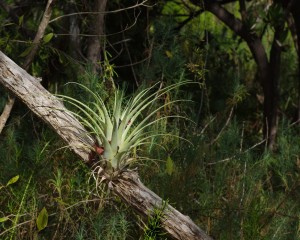 What is a bromeliad? A bromeliad is an air plant that can be found within the Everglades. Many are native to Florida. All of these bromeliads belong to the pineapple family.
What is a bromeliad? A bromeliad is an air plant that can be found within the Everglades. Many are native to Florida. All of these bromeliads belong to the pineapple family.
In the Everglades, the type that can be found are genus Tillandsia. All of this plants within this particular species of bromeliads have silvery-green leaves. The top of this species often resembles the top of a pineapple.
You can find these plants in abundance all over the parks, in all habitats, including dwarf cypress forests and cypress domes. They also can be found in hardwood hammocks, tree islands, mangrove forests, lone trees in sawgrass marshes, and on the branches of planted trees in parking lots of the park. You can’t escape these bromeliads!
Some bromeliads, like the giant airplant, hold water; they do this so when dry/drought conditions occur, they will have a water source to survive from. However, the giant airplant isn’t the only life form that benefits from this water. Insects, snakes, and tree frogs can be found in this plant’s leaves to take in the water.
Other bromeliads don’t old water, but they do have a hollow chamber in their base where acrobat ants make their home. The bromeliad gets its nutrients from the ants’ waste.
Not all bromeliads are insect/other creature-friendly. Some bromeliads, like the powdery catopsis, are covered with fine scales, which makes it hard for insects to get a grip on the leaves. The insects end up slipping into the water and drown. Some researchers believe these particular bromeliads may be a carnivorous plant for this reason.
Although bromeliads are abundant in the Everglades, they do have an “enemy.” The invasive Mexican bromeliad weevil feed on the tissue of bromeliads as a larva. This insect can easily decimate bromeliad populations; however, it has not been spotted in the Everglades since the 1990s.
Come see these bromeliads for yourself on an airboat tour! Captain Mitch’s Everglades airboat tours give you access to the expansive wildlife and plant life the region has to offer. To book your Everglades airboat tour today, click our everglades airboat tour page or call Captain Mitch’s Airboat Tours at 239-695-3377.
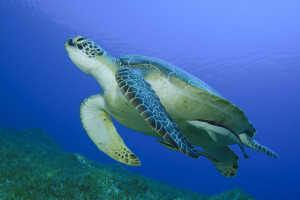 When you think of Florida, what comes to mind? Sunshine? Beaches? Oranges? You wouldn’t be wrong. However, there’s something else that’s known to be a symbol of this state: the sea turtle. Sea turtles can be found in the Everglades, Florida Bay and the Gulf of Mexico. Five species of the sea turtle are found in the southern Florida waters: loggerhead (Caretta caretta), green turtle (Chelonia mydas), leatherback (Dermochelys coriacea), Kemp’s ridley (Lepidochelys kempi), and hawksbill (Eretmochelys imbricata). Unfortunately in present day, all five of these species are either threatened or endangered.
When you think of Florida, what comes to mind? Sunshine? Beaches? Oranges? You wouldn’t be wrong. However, there’s something else that’s known to be a symbol of this state: the sea turtle. Sea turtles can be found in the Everglades, Florida Bay and the Gulf of Mexico. Five species of the sea turtle are found in the southern Florida waters: loggerhead (Caretta caretta), green turtle (Chelonia mydas), leatherback (Dermochelys coriacea), Kemp’s ridley (Lepidochelys kempi), and hawksbill (Eretmochelys imbricata). Unfortunately in present day, all five of these species are either threatened or endangered.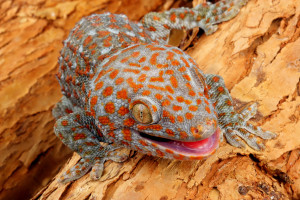 The Everglades has more than 50 distinct kinds of reptiles in the Park – they happen to be the Park’s most well-known and fascinating inhabitants. Unfortunately, some of these reptiles are invited guests who decided to make the Everglades their home. Many reptilian species are invasive. For this article, we wanted to spotlight one such invasive reptile: the Tokay Gecko.
The Everglades has more than 50 distinct kinds of reptiles in the Park – they happen to be the Park’s most well-known and fascinating inhabitants. Unfortunately, some of these reptiles are invited guests who decided to make the Everglades their home. Many reptilian species are invasive. For this article, we wanted to spotlight one such invasive reptile: the Tokay Gecko.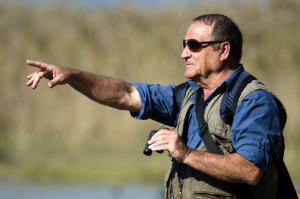 When you think of a pigeon, you probably think of park benches and cities, but pigeons can be found in rural areas, as well. In fact, the white-crowned pigeon nests nowhere else in the United States except for south Florida.
When you think of a pigeon, you probably think of park benches and cities, but pigeons can be found in rural areas, as well. In fact, the white-crowned pigeon nests nowhere else in the United States except for south Florida.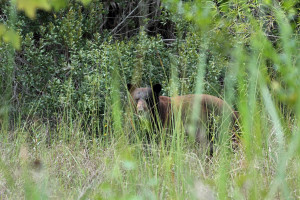 Outside of Florida, people are often surprised to hear that bears are wandering the streets in this state, but they are! This state is full of many different species. In fact, earlier this year a bear bit a man in the face in a neighborhood in Naples, Florida, which is not to far away from the Everglades. Black bears are the kind people will spot in the Everglades and south Florida. While in the Everglades, there is a chance you will catch a site of a bear; they can be spotted in forested sloughs and oak scrub.
Outside of Florida, people are often surprised to hear that bears are wandering the streets in this state, but they are! This state is full of many different species. In fact, earlier this year a bear bit a man in the face in a neighborhood in Naples, Florida, which is not to far away from the Everglades. Black bears are the kind people will spot in the Everglades and south Florida. While in the Everglades, there is a chance you will catch a site of a bear; they can be spotted in forested sloughs and oak scrub.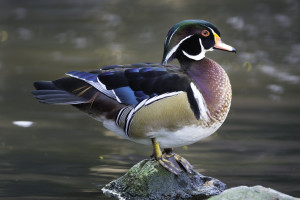 There are numerous species of birds that can be found in the Everglades. At times in the winter, the sight of these birds can look like a scene out of the famous film, “The Birds.” Why? Well, birds migrate down to the Everglades for the winter so hundreds of birds are flying and gathering in the area. For this article, we wanted to focus on one bird so calls the Everglades its home: the wood duck.
There are numerous species of birds that can be found in the Everglades. At times in the winter, the sight of these birds can look like a scene out of the famous film, “The Birds.” Why? Well, birds migrate down to the Everglades for the winter so hundreds of birds are flying and gathering in the area. For this article, we wanted to focus on one bird so calls the Everglades its home: the wood duck.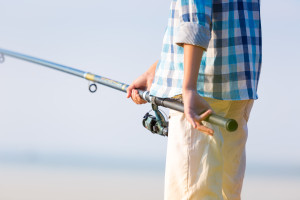 Did you know that one third of the Everglades is covered by water? It’s true! This makes it an ideal place for visitors and anglers to go fishing. There are many species of fish found in the waterways of the Everglades, but snapper, sea trout, redfish, bass, and bluegill are known to be abundant in this area.
Did you know that one third of the Everglades is covered by water? It’s true! This makes it an ideal place for visitors and anglers to go fishing. There are many species of fish found in the waterways of the Everglades, but snapper, sea trout, redfish, bass, and bluegill are known to be abundant in this area.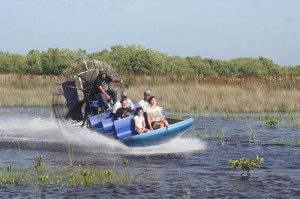 The Everglades are vast, so if you’re planning a visit…where do you begin? What do you do? There are seemingly endless fun things to do in the Everglades, so it can be a bit overwhelming to decide what you will do and see. For this article, we wanted to share with you a few things to do that we think are great fun, and will give you a great glimpse into this majestic wetland.
The Everglades are vast, so if you’re planning a visit…where do you begin? What do you do? There are seemingly endless fun things to do in the Everglades, so it can be a bit overwhelming to decide what you will do and see. For this article, we wanted to share with you a few things to do that we think are great fun, and will give you a great glimpse into this majestic wetland.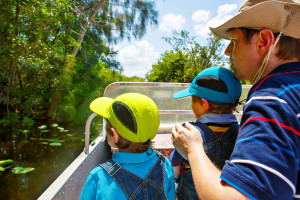 The Everglades isn’t just full of wildlife and plant life, it’s also full of educational and fun programs and activities for visitors to enjoy. For this article, we wanted to share with you some of the upcoming events and programs that will be happening in the month of February.
The Everglades isn’t just full of wildlife and plant life, it’s also full of educational and fun programs and activities for visitors to enjoy. For this article, we wanted to share with you some of the upcoming events and programs that will be happening in the month of February.





